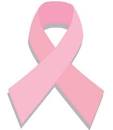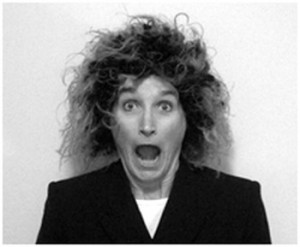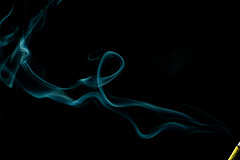 Breast self exam (BSE) is very important and should be performed each month in addition to an annual mammogram or USG. The best age to start regular breasts self examination is 20 years old. Knowing your own cyclical changes, what is normal for you, and what regular monthly changes in the breast is the best way to keep an eye on your breast health. Not every change is cancer! Early detected changes – early diagnosis – better prognosis. So don’t ignore, 15 minutes per month can save your life. Now breast cancer affects even very young girls, it’s not only problem for older woman.
Breast self exam (BSE) is very important and should be performed each month in addition to an annual mammogram or USG. The best age to start regular breasts self examination is 20 years old. Knowing your own cyclical changes, what is normal for you, and what regular monthly changes in the breast is the best way to keep an eye on your breast health. Not every change is cancer! Early detected changes – early diagnosis – better prognosis. So don’t ignore, 15 minutes per month can save your life. Now breast cancer affects even very young girls, it’s not only problem for older woman.
Breast self examination isô easy, takes only 15 minutes and you need mirror in which can be seen both breasts, pillow and privacy.
Step by step:
1. Remember about regular date for BSE.
Mark your calendar to remind yourself about regular BSE. This is a very good way to prevent worry if find a normal cyclic change.
If you are pre – menopausal – examine your breasts a few days after period ends when hormones are stable.
If you are already menopausal (it means that you haven’t had a period for a year or more)- choose a particular day of the month in which you will do the exam and repeat always the BSE that day each month.
2. Visual exam with hands on hips.
In bathroom strip to the waist and stand before mirror. Next put hands on hips and look at both breasts at same time. Look at size, shape and contour, also look at nipples and areolas- check if they look healthy.
Remember to note changes.
3. ô Visual exam with arms over head.
Raise your arms over your head and try to notice if your breasts move in the same way, and note any differences. Look at size, shape, check for symmetry. Give attention to your nipples and areola, to see if you have any dimples, bumps, or retraction. Look up toward your armpits and check if there is any swelling where your lymph nodes are (it’s in the lower armpit area).
4. Manual exam- stroke.
Stay relaxed and breathe normally.
Raise your left arm overhead, and with your right-hand fingers touch the left breast. Stroke whole breast – from the top to the bottom, moving across from the inside of the breast all the way into your armpit area. ô Note changes in texture, color or size. Change arms, sides and repeat. This can be best done during shower, when wet skin will have the least resistance to the friction of your fingers.
5. Manual exam – nipples.
Still standing in front of the mirror, gently squeeze with the index and middle fingers of your right hand the left nipple and pull forward. Try to notice: does the nipple spring back into place? Does it pull back into the breast? Note whether or not any fluid leaks out. Change your hands and check the right nipple with left hand in the same way.
6. Manual exam- rest position.
This you should perform in bedroom, lying down with ô your head and shoulders on the pillow. Put your left hand behind your head. Use your right hand to stroke the breast and underarm area, as you did in step 4. Take note of any changes in texture, color, and size. Switch sides and repeat.
Inform your doctor about changes or unusual pain.
Remember to have an annual clinical exam (USG – you should start to perform around 20 years old) and a mammogram (if you are above 50 years old or earlier if you are in risk group).
Many women forget about BSE, but it should be our habit. Remember 15 minutes per month can save your health, your life.



thanks for this wonderful tip ana… actually it’s also a part of our health teachings to patients in the community setting… it’s one way of assessing how one’s breasts look like so when any changes occur, one could detect it easily and have it evaluated by a doctor (breast awareness and exam)…thanks for reminding that CBE (clinical breast exam) is also necessary ;) because it’s not a substitute to regular breast exams…
then the best time would be a week after one’s period (so breasts wouldn’t be tender nor swollen) at least every month…
why SBE regularly? It means deep knowledge of ourself and awareness of our body…knowing what is “normal” and knowing the changes that occur with it :)
Yes, I totally agree that these 15 minutes can save live.
I experienced this with my dear auntie. She had breast cancer, but only because of it was detected very fast, she lives! She was checking every month her breasts and one day she noticed change in left breast. Went to doctor. It was malignant. Now 6 years passed, she has both breasts and is happy.
Thanks for this article. I’m a daughter of a breast cancer victim, and is cautious if I too will have that disease. By this article, I will be able to check myself regularly. Thanks so much. :)
Thanks so much for your comment. Take care and check yourself regularly.